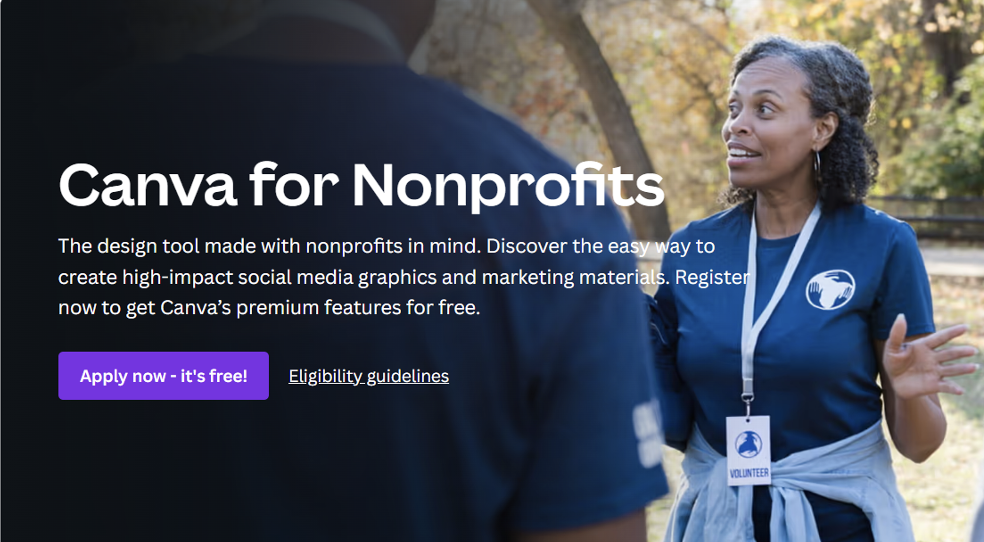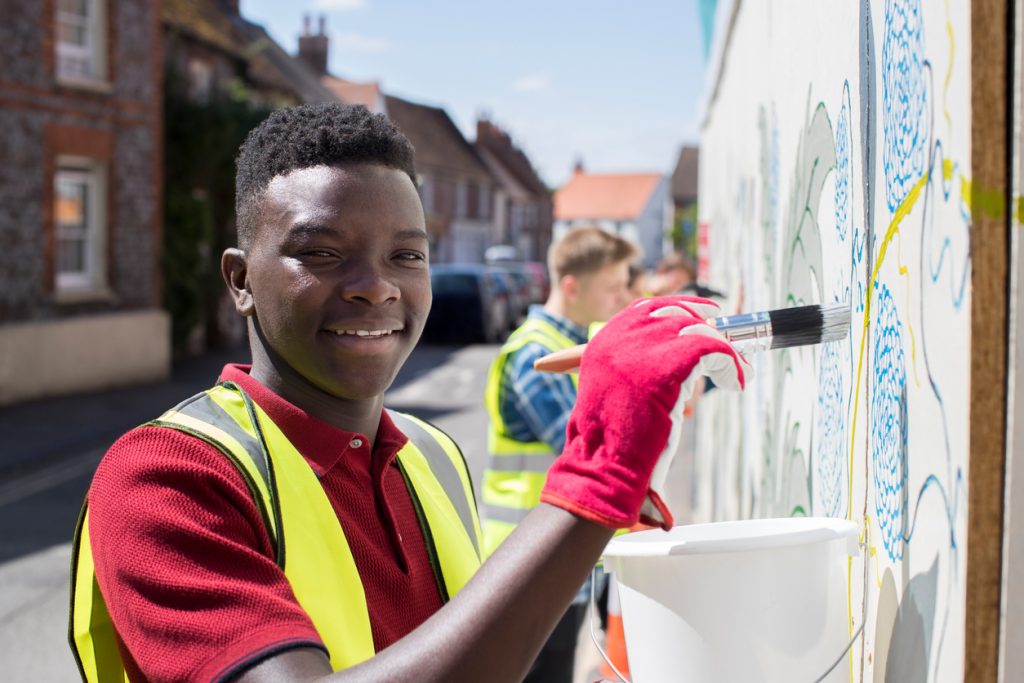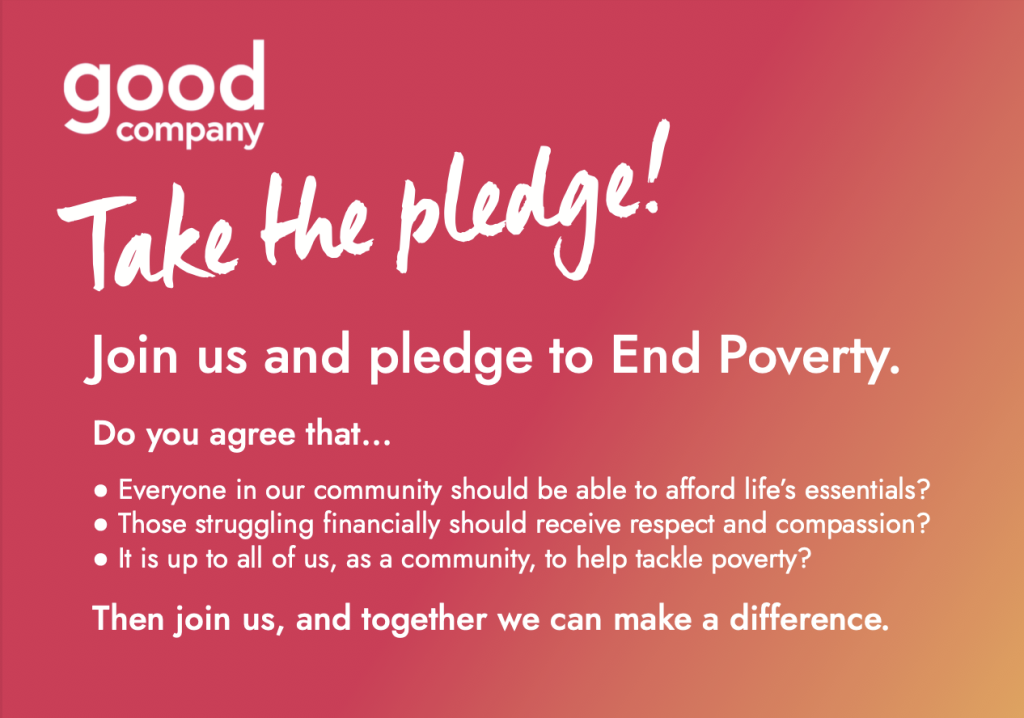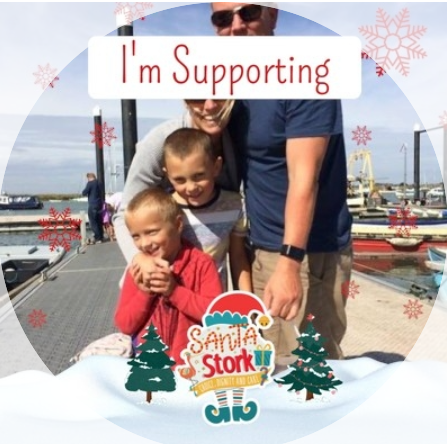It’s therefore understandable why social media marketing is often put on the back burner, can be sporadic and often delegated to someone who doesn’t have the time and/or expertise to invest in this. That being said, it can be a fantastic way for charities to build their network, reach new audiences, share success stories and boost donations – if done properly!
Luckily most platforms offer support and special features for eligible not-for-profits and there’s a heap of free tools out there which are worth their weight in gold. But they’re only helpful if you know where to find them and how to use them. That’s where I come in, as I share with you some practical tips and tricks I’ve picked up over the years working in the third sector…

When it comes to helping you find the right strategy and design direction for your messaging you can’t beat the edge that experts in this area will give you. However, if the budget just doesn’t stretch for now get yourself on Canva. Canva is a useful graphic design tool, that you don’t need experience in this area to get started on, as it’s super user-friendly. There’s a free version that anyone can use, but get this, the Canva premium features are free for non-profits, social impact and public health organisations.
This will give you access to royalty-free photos, lots of templates (so you don’t have to start your designs from scratch) and features like setting up your own brand kit, creating videos and magic resize which resizes graphics for the different social media channels in an instant. To register, it’s as simple as completing their online form, submitting evidence and you’re away.


This allows you to plan ahead so you aren’t scrambling to put things together at the last minute and gives a sense of ownership as responsibilities can be assigned. You’ll never have to start the week again without knowing what to post. It doesn’t have to be complex, something as simple as an Excel table.
Add rows for the days of the week and customise the columns so it contains useful information, such as the time to post, any links and related hashtags. You may also want to ‘Objective’ column; before posting, think about the reason why you’re posting, in other words “What are you trying to achieve?”, e.g. brand awareness, sharing information or engagement. If you don’t know why you’re posting then simply don’t post! To save time in the future, it’s a good idea to note which posts can be recycled. We call these types of posts ‘evergreen’ which can be rotated back into the schedule.
It’s much more efficient if you schedule your content in advance. That way you can schedule a week’s (or even a month’s) worth of content at once. There are tools out there with free plans, such as Hootsuite and Buffer, and some which offer generous not-for-profit discounts on their paid plans.
Buffer is my favourite free plan as it’s really easy to use and should be adequate for when you’re just getting started. You can connect up to three channels e.g. Facebook, Twitter and Instagram, and have 10 posts (per channel) scheduled at any one time. It’s also worth mentioning that Canva has its own content calendar and scheduling tool in one. It even has the key awareness days populated into your calendar already.


Posting regularly is essential because social media is fast paced by nature and content becomes obsolete very quickly. If you go weeks between posts, it’s unlikely that your audience will see your content enough for it to make any impact. On the other hand, you don’t want to over-post and annoy them, running the risk of them unfollowing or blocking you. There’s a happy medium to be had and your schedule should be informed by monitoring each platform’s free in-built analytics.
Most studies agree that once a day is optimal and no less than three times a week on Facebook. If you don’t stick to this rule of thumb or if you post sporadically, then the algorithms won’t work in your favour and your reach will be low.
There’s no better way to tell a story than through video, when done right! That’s why algorithms (yes, I know, that word again) favour them over other types of content and why it should definitely be a part of your social media strategy. It doesn’t have to be flash and polished, your smartphone will do the job nicely and add an element of authenticity. Putting yourself (or others) in front of the camera may be out of your comfort zone, but it doesn’t have to be live video and you never know, you might even enjoy it!
Instagram and Facebook Reels provide charities with a great opportunity to demonstrate who they are, what they stand for and the impact they are making in a fun and digestible way. In case you didn’t know, a Reel is a full screen vertical video up to 90 seconds long. When creating a Reel you have the option to embellish your video using an extensive array of editing tools (filters, captions, stickers, backgrounds etc.), as well as a library of audio tracks. Unlike stories, they don’t disappear after 24 hours and algorithms love them

You might know your charity is doing an amazing job but don’t assume that everyone else knows that and they are up to date with the great work you’re doing. Shout it from the rooftops; celebrate victories, show gratitude (to donors and volunteers especially) and demonstrate how it’s making a real difference. This will in turn attract more support as others will want a piece of the action.
Your website is also a great place to showcase the great work you’ve been doing, so if you don’t think your website is up to the task then maybe it’s time for a serious rethink – we’d love to chat with you at OH Creative about how we can work with you to turn that around. Give us a shout
Don’t forget to tell people what you want them to do. It may seem obvious but there’s a lot of noise on social media so be sure to spell it out. The call to action may be to comment on your post to help with engagement, share your post so it reaches more people, make a donation to a specific campaign, sign up to your newsletter or volunteer.
Think about the wording you use too, it may be semantics but what sounds better? – ‘Sign up to volunteer’ or ‘Join our community’. The latter installs a sense of belonging and being a part of something special.


Which leads nicely onto this next tip; building virtual communities to nurture your supporters and grow your base. Social media can be a powerful community building tool for charities. Create channels and groups, like a Facebook group for volunteers, where people can engage, share resources and updates, job opportunities, special requests, be recognised for special achievements and stay informed about issues that matter to them. People like to feel part of a community, so invite them in and build on this relationship. These are your brand advocates, out there in the community doing your work for you (to some extent).
Extend that community to other likeminded not-for-profits, or team up with corporate partners and local influencers that share the same ethos. Working with partners allows you to connect with a new audience that will likely be interested in what you’re doing. And always tag partners in posts about them.
What’s a Twibbon you may well ask? It’s a free way to increase awareness, raise money and create a buzz around a campaign on Facebook and Twitter. You use the platform (the free version works just fine) to create a campaign which uses a small image (which can be created in Canva) you’ve uploaded as a frame for supporters to overlay on their profile picture. Make a Twibbon


How will you know what to do more of if you don’t know what’s working well? On the other hands, what do you need to stop doing or adapt if it’s not hitting the spot? Lucky for you, social media channels have their own inbuilt analytics to help you find the answers to these questions. I’d recommend pulling the key metrics for each channel (based on what’s important to you e.g. reach, engagement, followers, website visits, newsletter sign-ups) and plotting the figures at the end of each month to track how you’re doing.
Also look at individual posts and see how they’ve performed; what did well and therefore resonated with your audience, what flopped and why? Use this to inform your content calendar in the future.
Be sure to also check your analytics to confirm when your followers are mostly online and therefore more likely to see your posts, then use your scheduler to post at the optimum times for each channel.
Social media is an everchanging world, which is what makes it exciting, but it can at times feel a little daunting. If you’re still feeling overwhelmed or just don’t have enough hours in the day to get your social media strategy off the ground, then I’d love to have a chat with you about how we can help. Give us a shout.